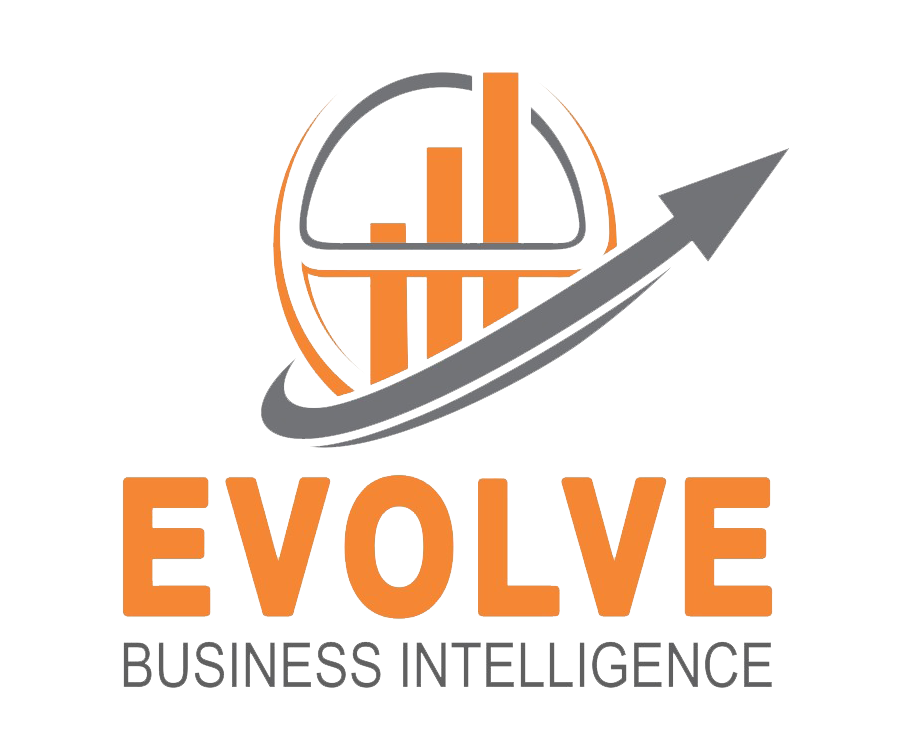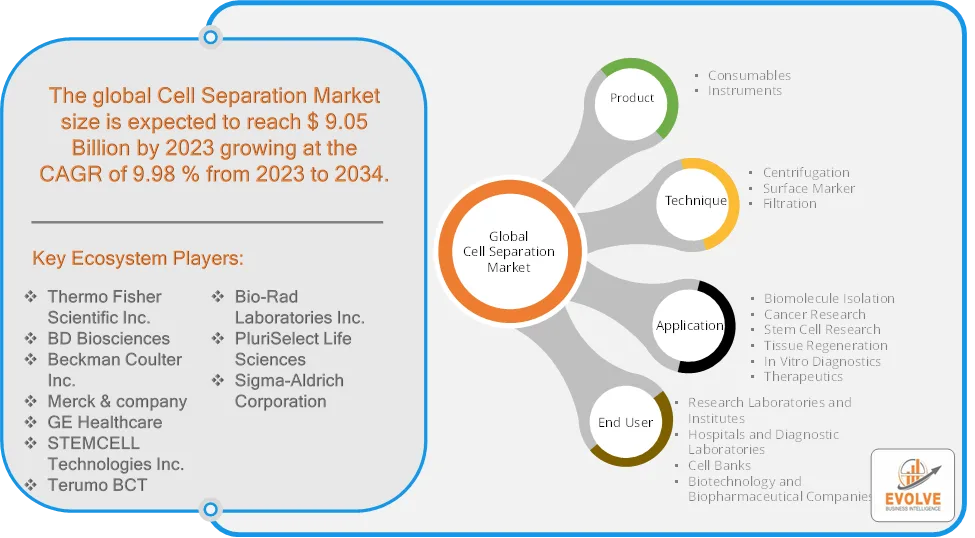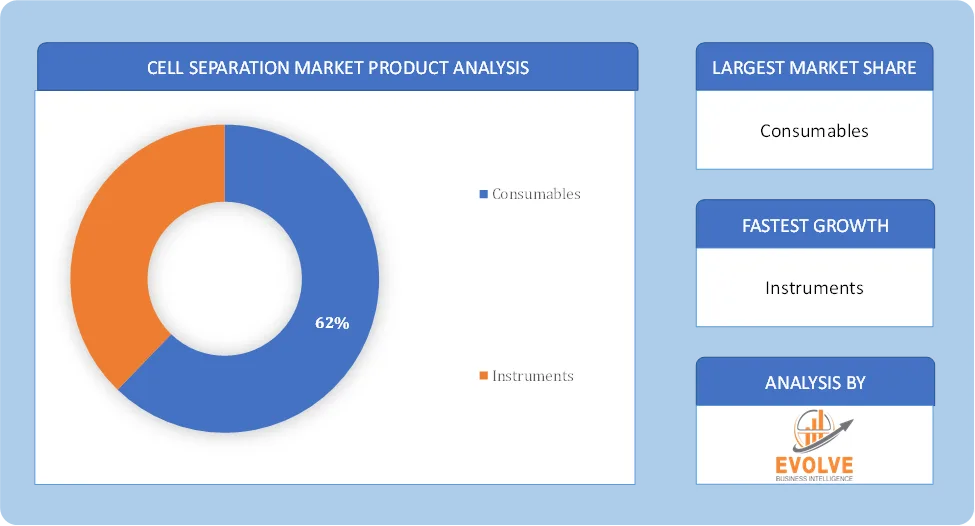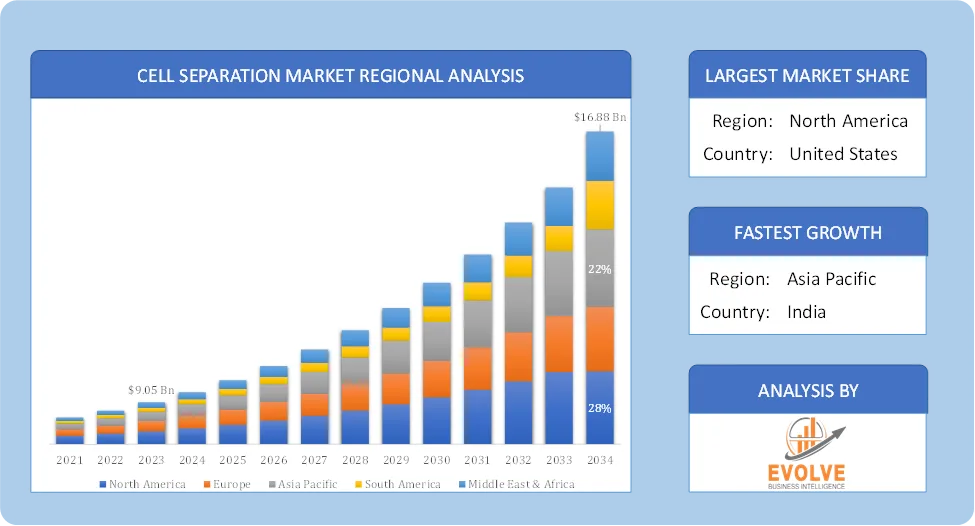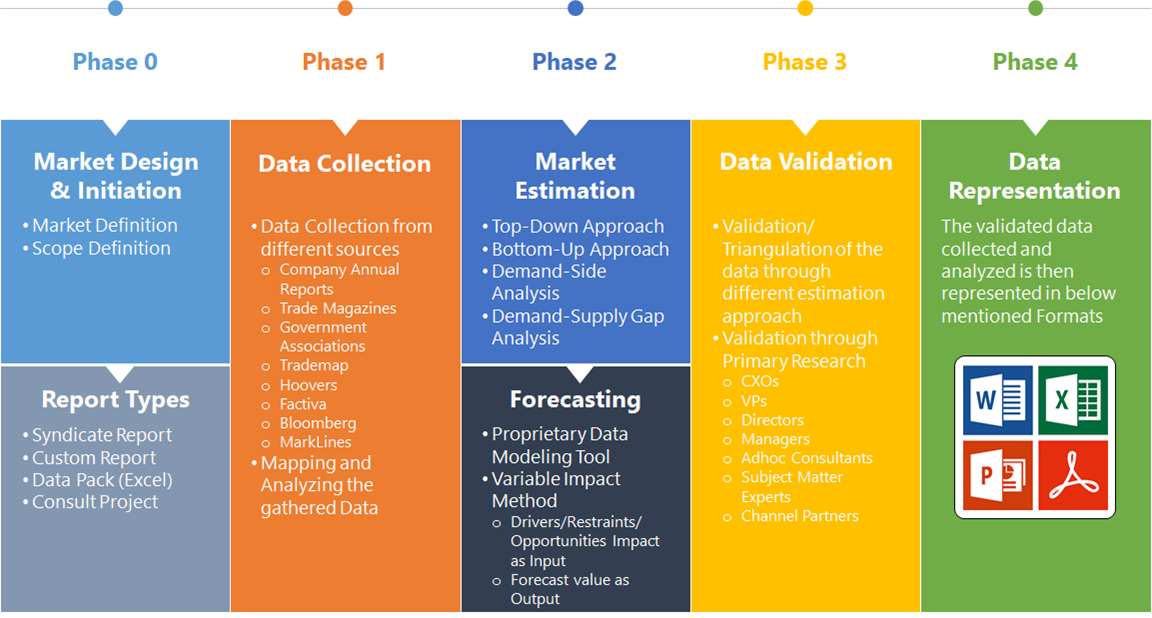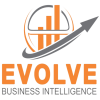Cell Separation Market Overview
The Cell Separation Market size accounted for USD 9.05 Billion in 2023 and is estimated to account for 10.54 Billion in 2024. The Market is expected to reach USD 16.88 Billion by 2034 growing at a compound annual growth rate (CAGR) of 9.98% from 2024 to 2034. The Cell Separation Market is a rapidly growing segment within the biotechnology and life sciences industry. It focuses on isolating specific cell populations from heterogeneous biological samples for various applications, including research, diagnostics, and therapeutics.
The cell separation market is poised for substantial growth, driven by ongoing technological advancements and the increasing demand for cell-based applications in research and medicine. Cell separation is crucial for isolating and characterizing stem cells, which are essential for regenerative therapies.
Global Cell Separation Market Synopsis
 Cell Separation Market Dynamics
Cell Separation Market Dynamics
The major factors that have impacted the growth of Cell Separation Market are as follows:
Drivers:
Ø Advancements in Cell Separation Technologies
Continuous innovations in magnetic-activated cell sorting (MACS) and fluorescence-activated cell sorting (FACS) are improving the efficiency and accuracy of cell separation. Emerging techniques like microfluidics-based separation and dielectrophoresis are enhancing precision in isolating rare and viable cells. Growing research in areas such as cancer biology, stem cell research, and immunology is expanding the demand for cell separation products. Government and private sector funding in biotechnology and life sciences is driving market expansion and Cell separation plays a crucial role in early disease detection and precision medicine, particularly in areas like cancer, autoimmune disorders, and infectious diseases.
Restraint
- High Cost of Cell Separation Instruments and Consumables
Advanced technologies like fluorescence-activated cell sorting (FACS) and magnetic-activated cell sorting (MACS) require expensive equipment and specialized reagents. The high operational and maintenance costs of these instruments limit their adoption, especially in small research labs and emerging markets. Techniques like centrifugation and filtration may not be suitable for isolating rare cell types, affecting their use in precision medicine and diagnostics and the need for highly trained professionals to operate complex instruments creates a skill gap in the market.
Opportunity:
⮚ Growing Demand for Personalized and Cell-Based Therapies
The rise of CAR-T cell therapy, stem cell therapy, and regenerative medicine is creating a significant need for efficient cell separation technologies. Increasing research in immunotherapy and gene therapy is driving demand for high-purity cell isolation methods. Increasing adoption of circulating tumor cell (CTC) isolation techniques for early cancer diagnosis and monitoring is boosting demand. Cell separation is crucial in biomarker discovery, tumor heterogeneity studies, and cancer immunotherapy development. Cell separation is essential for tissue engineering, organ regeneration, and stem cell-based treatments and Ongoing research into 3D bioprinting and artificial organ development will further drive market demand.
Cell Separation Market Segment Overview
Based on Product, the market is segmented based on Consumables and Instruments. The consumables segment dominant the market. Due to frequent purchases of consumables, this market segment held the largest market share. Increased R&D spending by biotechnology and biopharmaceutical companies for the development of complex biologics, such as monoclonal antibodies and vaccines, is another factor driving the business.
By Technique
Based on Technique, the market segment has been divided into Centrifugation, Surface Marker, Filtration. The centrifugation segment dominant the market. This is due to the widespread usage of this technique by academic institutions, research centers, and companies that produce biotechnology and biopharmaceuticals. Centrifugation is one of the most important steps in cell isolation. Differential centrifugation and density gradient centrifugation are frequently used in cell separation.
By Application
Based on Application, the market segment has been divided into Biomolecule Isolation, Cancer Research, Stem Cell Research, Tissue Regeneration, In Vitro Diagnostics, Therapeutics. The biomolecule isolation segment dominant the market. The primary factor for the biggest share is the increased attention being paid to the manufacture of biopharmaceuticals, such as monoclonal antibodies, recombinant proteins, and biosimilars.
By End User
Based on End User, the market segment has been divided into Research Laboratories and Institutes, Hospitals and Diagnostic Laboratories, Cell Banks, Biotechnology and Biopharmaceutical Companies. The research laboratories and institutes segment dominant the market. This can be due to increasing R&D initiatives by research institutions to develop novel therapies in oncology and neuroscience. The growing number of research institutes and laboratories across the globe and increasing public-private investments for the establishment of new research institutes are also anticipated to be major drivers of the segment.
Global Cell Separation Market Regional Analysis
Based on region, the global Cell Separation Market has been divided into North America, Europe, Asia-Pacific, the Middle East & Africa, and Latin America. North America is projected to dominate the use of the Cell Separation Market followed by the Asia-Pacific and Europe regions.
 North America Cell Separation Market
North America Cell Separation Market
North America holds a dominant position in the Cell Separation Market. This is largely due to its advanced healthcare infrastructure, substantial research funding, and the presence of numerous leading biotechnology and pharmaceutical companies. The United States plays a pivotal role, with extensive R&D activities in areas like cancer research, stem cell therapy, and personalized medicine. Expanding clinical trials and precision medicine initiatives funded by organizations like the NIH and FDA.
Asia-Pacific Cell Separation Market
The Asia-Pacific region has indeed emerged as the fastest-growing market for the Cell Separation Market industry. Factors like increasing healthcare expenditure, a growing patient population, and improving diagnostic and research infrastructure are driving this growth. Rising investments in cell-based research, particularly in countries like China, India, Japan, and South Korea and Increasing prevalence of chronic diseases. Expanding biopharmaceutical manufacturing capabilities in India and South Korea.
Competitive Landscape
The global Cell Separation Market is highly competitive, with numerous players offering a wide range of software solutions. The competitive landscape is characterized by the presence of established companies, as well as emerging startups and niche players. To increase their market position and attract a wide consumer base, the businesses are employing various strategies, such as product launches, and strategic alliances.
Prominent Players:
- Thermo Fisher Scientific Inc.
- BD Biosciences
- Beckman Coulter Inc.
- Merck & company
- GE Healthcare
- STEMCELL Technologies Inc.
- Terumo BCT
- Bio-Rad Laboratories Inc.
- PluriSelect Life Sciences
- Sigma-Aldrich Corporation.
Key Development
- In February 2021 – Propel Labs, established in the U.S., sold its cell-sorting assets to Thermo Fisher Scientific. According to the agreement, Propel Labs’ innovative Bigfoot Spectral Cell Sorter and about 40 personnel were added to Thermo Fisher Scientific’s capabilities.
Scope of the Report
Global Cell Separation Market, by Product
- Consumables
- Instruments
Global Cell Separation Market, by Technique
- Centrifugation
- Surface Marker
- Filtration
Global Cell Separation Market, by Application
- Biomolecule Isolation
- Cancer Research
- Stem Cell Research
- Tissue Regeneration
- In Vitro Diagnostics
- Therapeutics
Global Cell Separation Market, by End User
- Research Laboratories and Institutes
- Hospitals and Diagnostic Laboratories
- Cell Banks
- Biotechnology and Biopharmaceutical Companies
Global Cell Separation Market, by Region
- North America
- US
- Canada
- Mexico
- Europe
- UK
- Germany
- France
- Italy
- Spain
- Benelux
- Nordic
- Rest of Europe
- Asia Pacific
- China
- Japan
- South Korea
- Indonesia
- Austalia
- Malaysia
- India
- Rest of Asia Pacific
- South America
- Brazil
- Argentina
- Rest of South America
- Middle East & Africa
- Saudi Arabia
- UAE
- Egypt
- South Africa
- Rest of Middle East & Africa
| Parameters | Indicators |
|---|---|
| Market Size | 2034: USD 16.88 Billion |
| CAGR (2024-2034) | 9.98% |
| Base year | 2022 |
| Forecast Period | 2024-2034 |
| Historical Data | 2021 (2017 to 2020 On Demand) |
| Report Coverage | Revenue Forecast, Competitive Landscape, Growth Factors, and Trends |
| Key Segmentations | Product, Technique, Application, End user |
| Geographies Covered | North America, Europe, Asia-Pacific, South America, Middle East, Africa |
| Key Vendors | Thermo Fisher Scientific Inc., BD Biosciences, Beckman Coulter Inc., Merck & company, GE Healthcare, STEMCELL Technologies Inc., Terumo BCT, Bio-Rad Laboratories Inc., PluriSelect Life Sciences and Sigma-Aldrich Corporation. |
| Key Market Opportunities | · Growing Demand for Personalized and Cell-Based Therapies · Rising Focus on Cancer Research and Liquid Biopsy |
| Key Market Drivers | · Advancements in Cell Separation Technologies · Increasing Investment in Biomedical Research |
REPORT CONTENT BRIEF:
- High-level analysis of the current and future Cell Separation Market trends and opportunities
- Detailed analysis of current market drivers, restraining factors, and opportunities in the future
- Cell Separation Market historical market size for the year 2021, and forecast from 2023 to 2033
- Cell Separation Market share analysis at each product level
- Competitor analysis with detailed insight into its product segment, Government & Defense strength, and strategies adopted.
- Identifies key strategies adopted including product launches and developments, mergers and acquisitions, joint ventures, collaborations, and partnerships as well as funding taken and investment done, among others.
- To identify and understand the various factors involved in the global Cell Separation Market affected by the pandemic
- To provide a detailed insight into the major companies operating in the market. The profiling will include the Government & Defense health of the company’s past 2-3 years with segmental and regional revenue breakup, product offering, recent developments, SWOT analysis, and key strategies.
